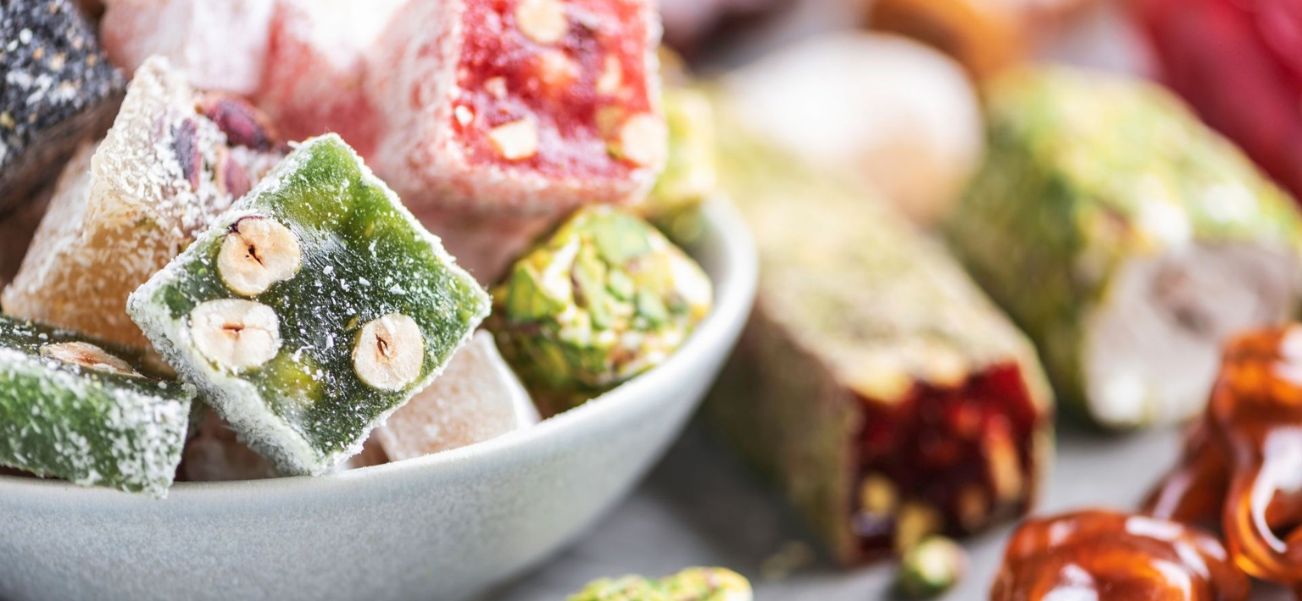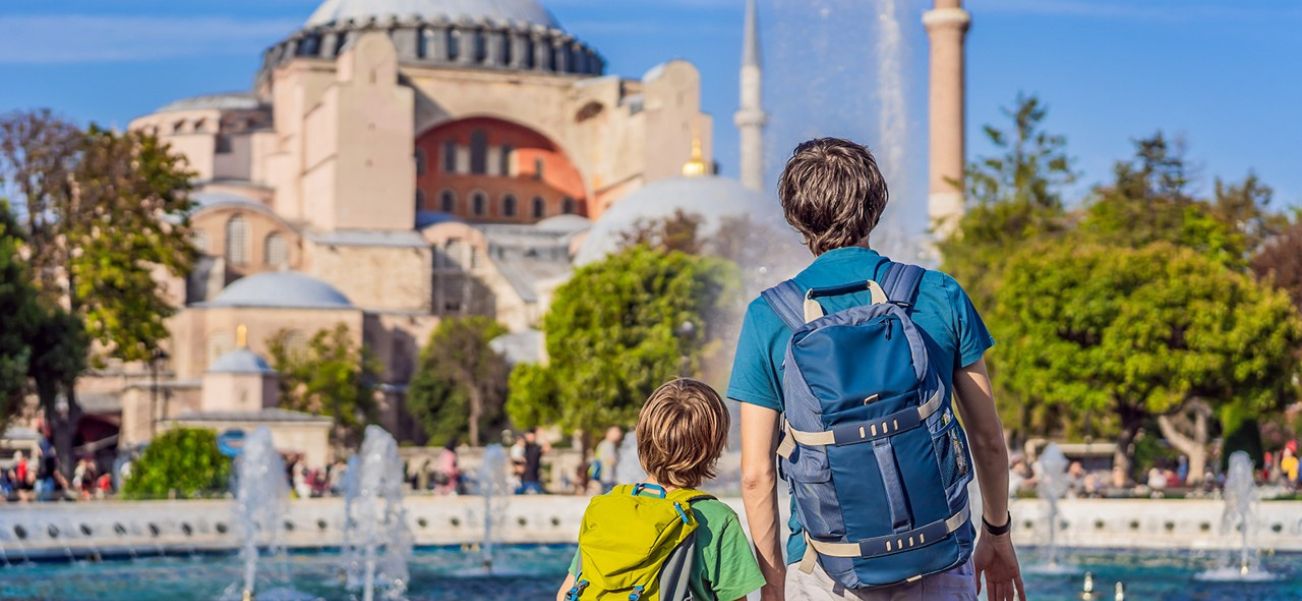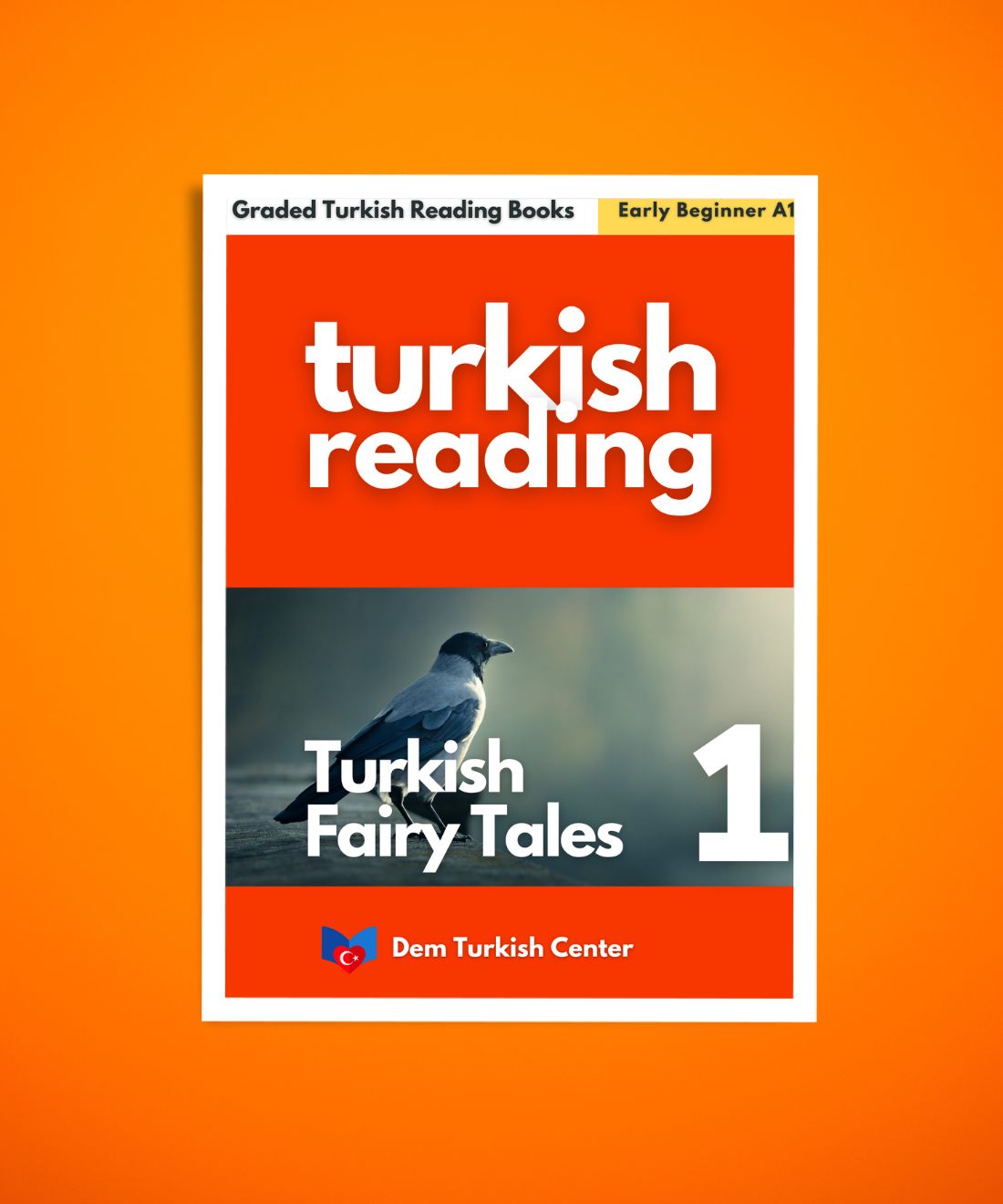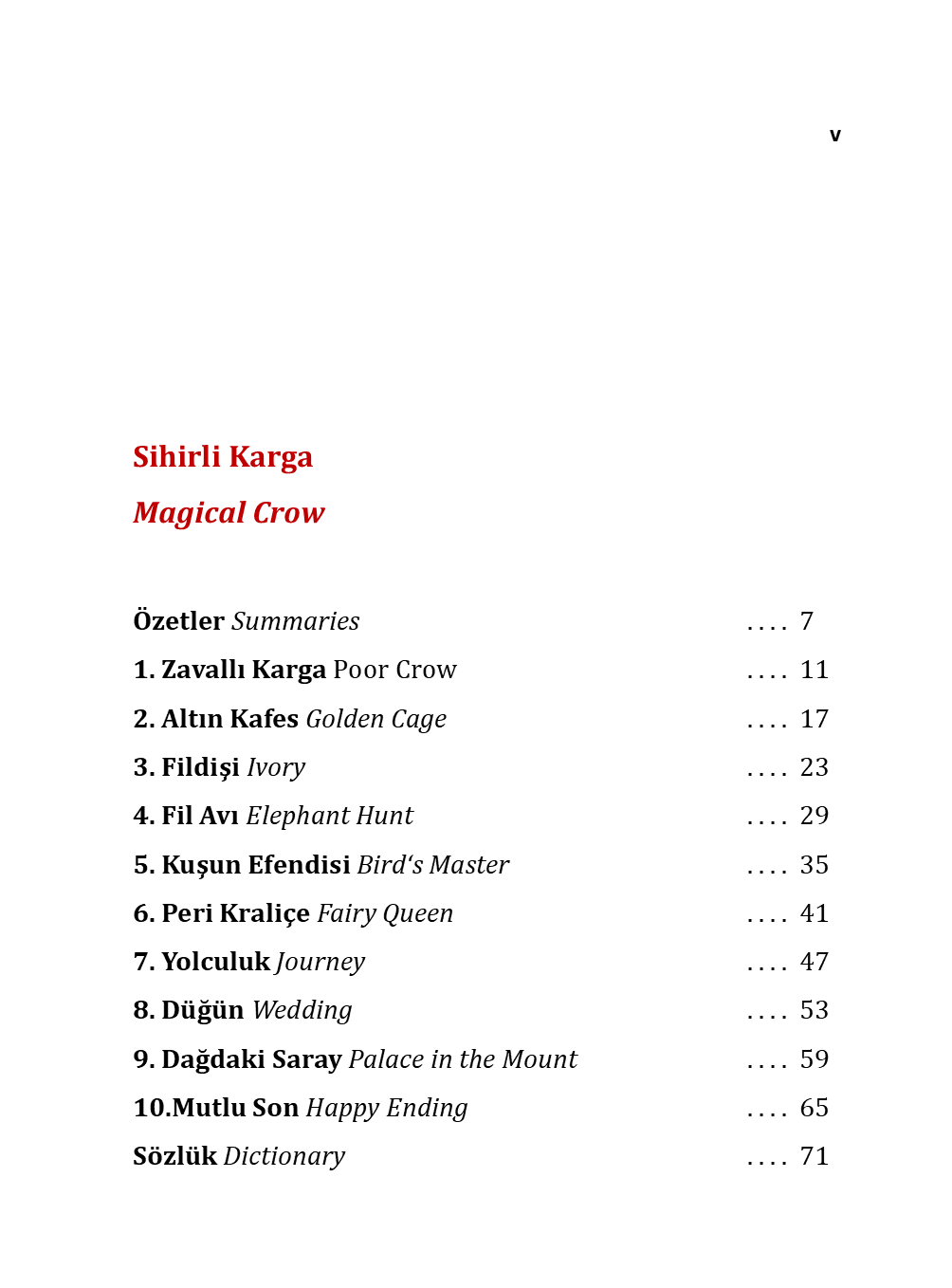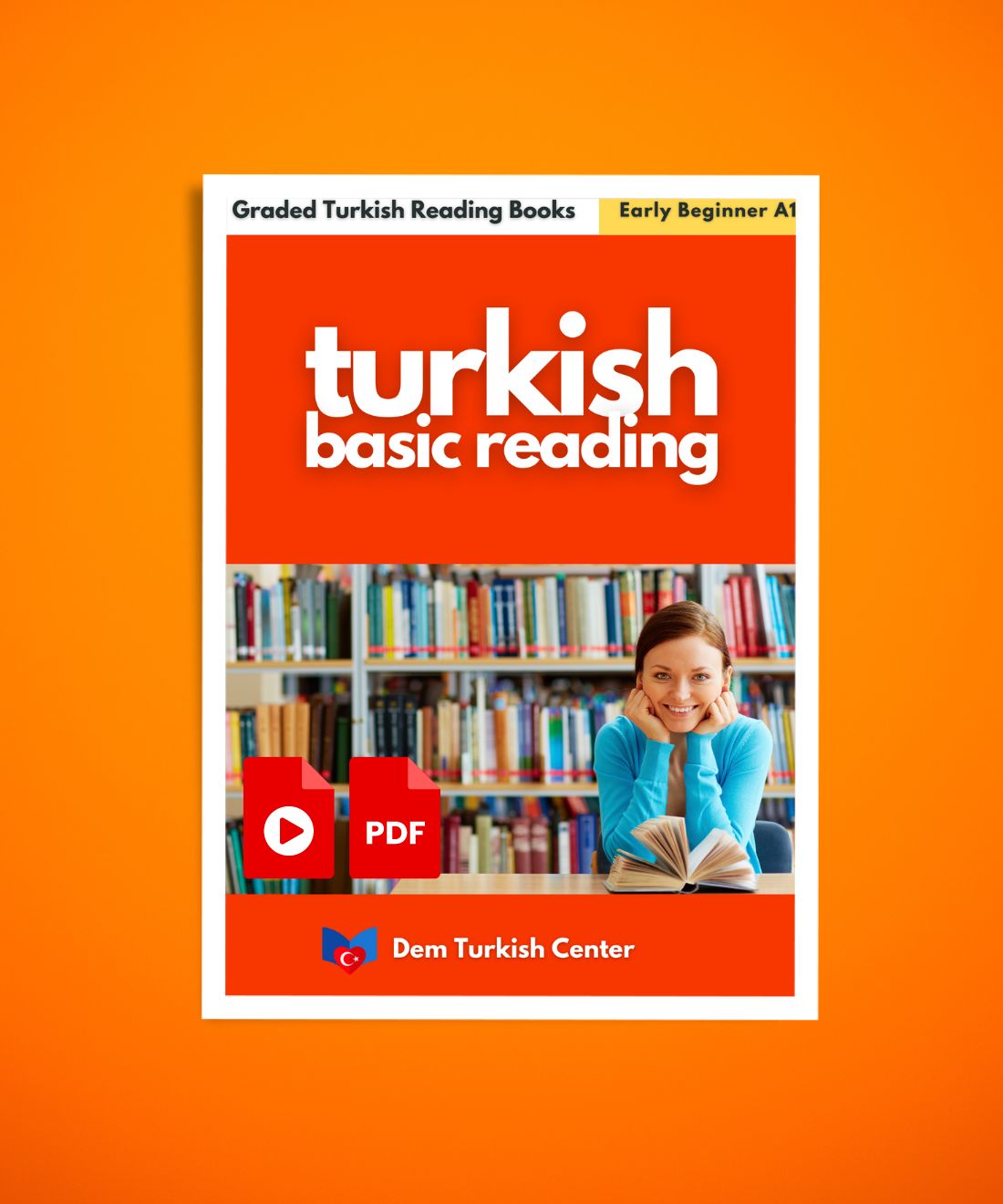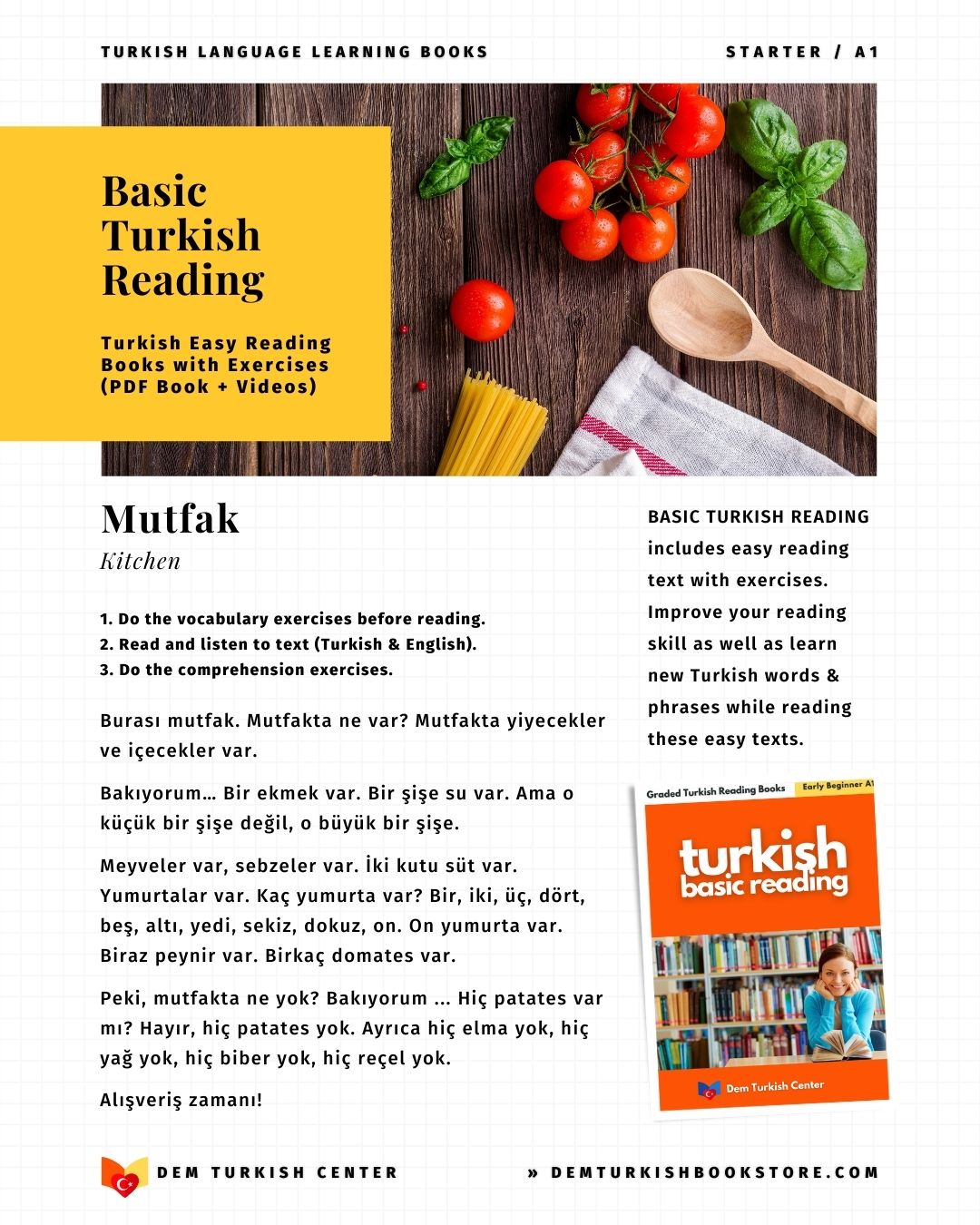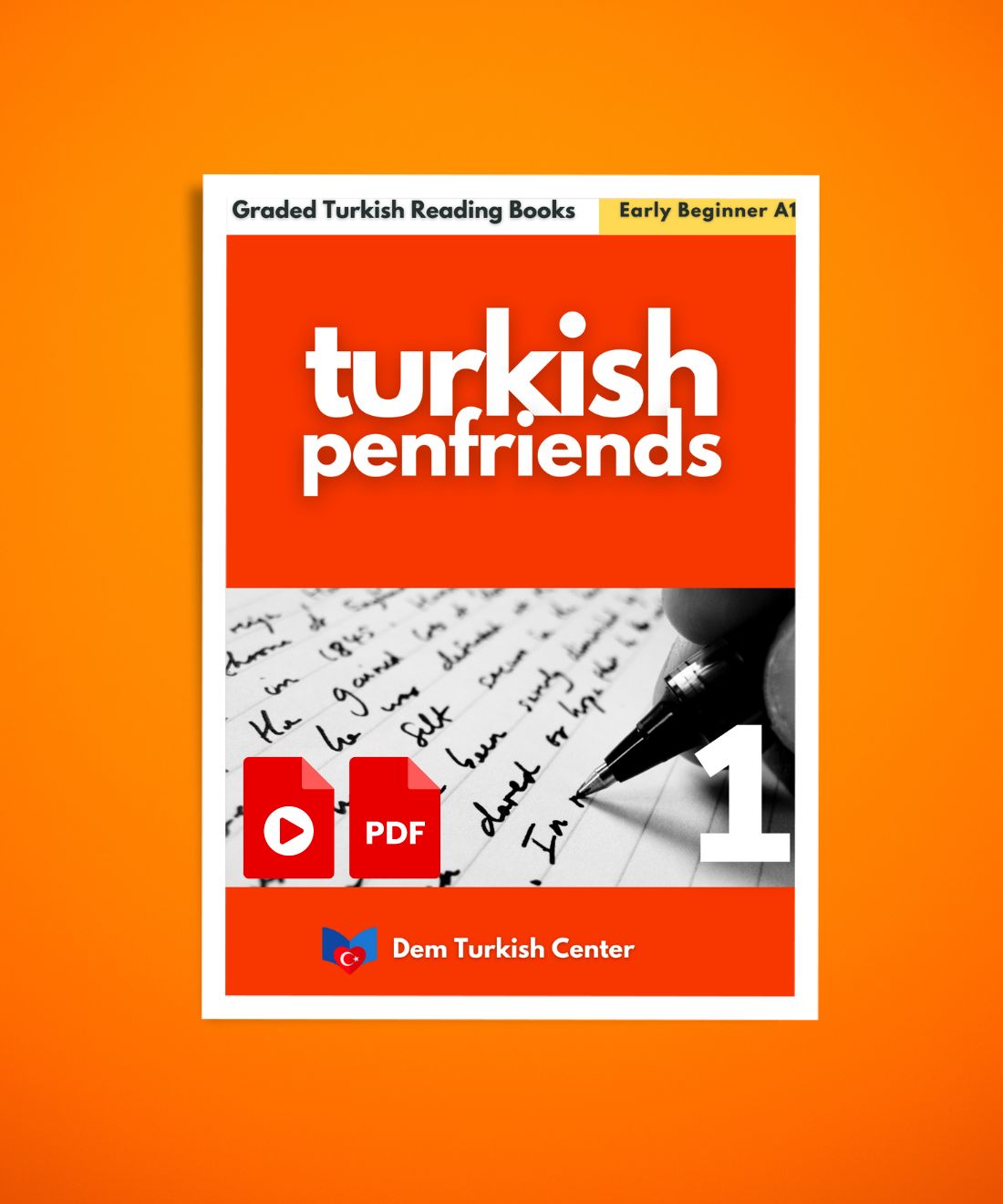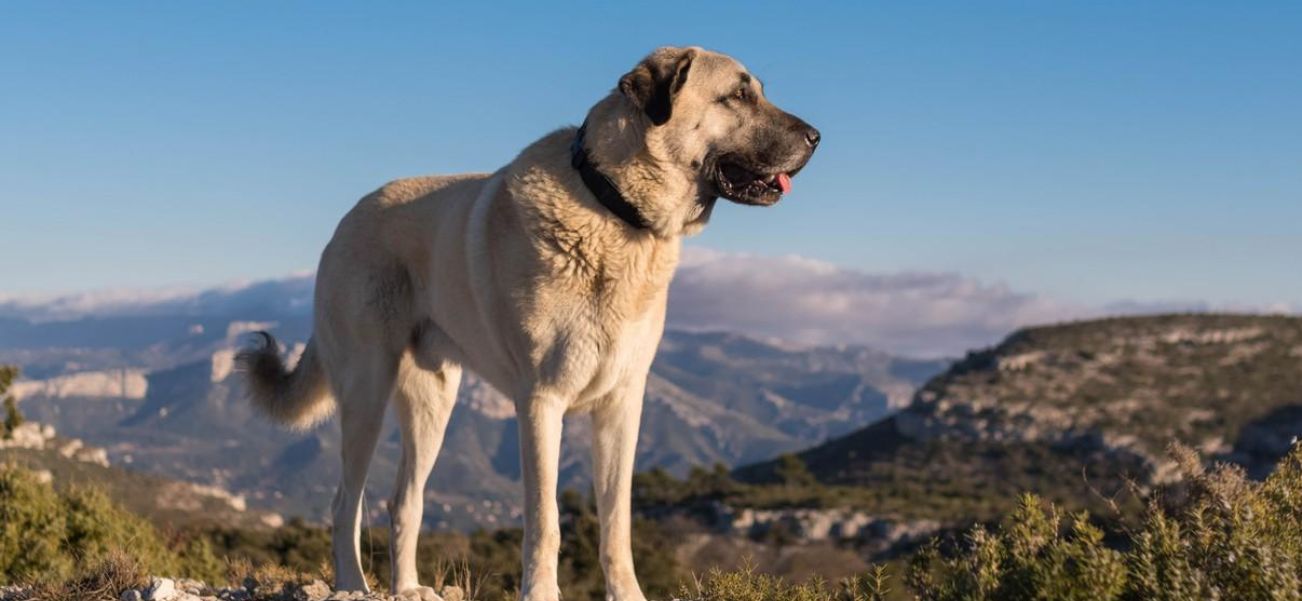
Turkish Kangal Dog: More Than a Guard Dog, A National Treasure
In the vast, rugged landscapes of Central Anatolia, a gentle giant roams. With a stature that commands respect and a calm, intelligent gaze, this is not just a dog; it is a living legend. Meet the Turkish Kangal Dog, a breed renowned for its formidable strength, unwavering loyalty, and a heart dedicated to protection. Often mistaken for a simple guard dog, the Kangal is a complex and fascinating companion with a history as rich as the Turkish soil it hails from.
If you're searching for a "big fluffy dog" or a "fierce protector," you've likely stumbled upon the Kangal. But this breed demands a deeper understanding. This comprehensive guide will delve into everything you need to know about the Turkish Kangal Dog—from its ancient origins to its specific care needs—to help you decide if this noble guardian is the right fit for your life.
TURKISH KANGAL DOG: THE STRONGEST BITE FORCE IN THE WORLD
Turkish Van Cat: The Swimming Cat with a Dazzling Coat and a Heart of Gold
Unraveling the Ancient Origins of the Kangal

The history of the Kangal is woven into the fabric of Turkey itself. Unlike many modern breeds with meticulously documented pedigrees, the Kangal's story is one of natural selection and function. Believed to be descendants of powerful mastiff-type dogs from Central Asia, they traveled with Turkic tribes thousands of years ago.
Their development was not guided by a desire for a specific look, but for a specific job: survival. In the region of Sivas, specifically the town of Kangal, these dogs were perfected over centuries to protect flocks of sheep from formidable predators like wolves, bears, and jackals. They weren't just pets; they were essential partners to shepherds, a critical line of defense for livelihoods.

This purposeful breeding resulted in a dog with unparalleled traits:
- Incredible Strength and Speed Capable of outrunning and overpowering a wolf.
- Extreme Endurance Able to work long hours in harsh, variable climates, from scorching summers to freezing winters.
- Sharp Intelligence and Independence Required to make life-or-death decisions without human command.
- Loyalty and Protective Instinct A deep, innate drive to guard their flock (which can include their human family).
The Turkish government and dedicated breed enthusiasts consider the Kangal a national treasure. Exporting purebred Kangals was historically restricted, and efforts continue to preserve the breed's integrity. This rich, functional history is key to understanding the Kangal's character today.
The Unmistakable Look: Anatomy of a Guardian

The Kangal is the epitome of "substance over style," yet its appearance is both striking and majestic. It is a large, heavy-boned, and muscular dog, built for power and stamina rather than sleek speed.
- Size Males typically stand between 30-32 inches at the shoulder and weigh 110-145 pounds. Females are slightly smaller, at 28-30 inches and 90-120 pounds.
- The Iconic Head Perhaps the most distinctive feature is the Kangal's large, blunt head with a black mask. This is a breed hallmark.
- Coat and Color They possess a short-to-medium double coat that is dense and weather-resistant. The color is always a pale fawn or dun (a sandy brown-grey) with the mandatory black mask and often black ears.
- Tail Their tail is long and curls into a distinctive loop, especially when alert or moving.

It's crucial to distinguish the Turkish Kangal from the Anatolian Shepherd. While often used interchangeably, many purists and kennel clubs now recognize them as separate breeds or distinct types. The Kangal is generally considered a specific, pure line bred in the Sivas region, while "Anatolian Shepherd" can be a broader term for various livestock guardian dogs from Turkey. The Kangal is typically more athletic and streamlined than some other Anatolian types.
The Kangal Temperament: A Heart of Gold Behind a Fortress of Will

This is where potential owners must pay the closest attention. The Kangal's temperament is a beautiful, powerful, and sometimes challenging paradox.
- The Protector Above all else, the Kangal is a guardian. This instinct is not trained; it is innate. They are intensely loyal to their family and territory. They are known for their calm, observant nature—they don't bark excessively but will position themselves to watch over their "flock." When a threat is perceived, they are fearless and decisive. This makes them exceptional watchdogs and property guardians, but it also means they can be wary of strangers and unfamiliar animals.
- The Family Dog With their own family, including children, a well-socialized Kangal is gentle, patient, and deeply affectionate. They are often described as "nanny dogs" due to their protective watch over children. However, due to their immense size, interactions with small children should always be supervised.
- The Independent Thinker Bred to work miles away from their shepherd, Kangals are highly intelligent and independent. They do not have the eager-to-please mentality of a Labrador or Border Collie. They think for themselves. This can be mistaken for stubbornness, but it's actually a sign of their intelligence. They will obey a command only if they see a good reason for it and respect the person giving it.

Key Temperament Takeaways:
- Not a dog park dog Their strong guardian instincts can lead to conflicts with other dogs, especially those they perceive as a threat.
- Requires early and extensive socialization This is non-negotiable. Exposing a Kangal puppy to a wide variety of people, places, sounds, and situations in a positive way is critical to managing their protective instincts.
- A calm, confident leader is a must They respond poorly to harsh training methods but thrive with a calm, consistent, and respectful owner who establishes clear boundaries.
Is a Kangal the Right Dog for You? The Reality Check

The Kangal is not an apartment dog. It is not a dog for a first-time owner. It is a serious commitment for a specific type of person.
The Ideal Kangal Home:
- A Rural or Suburban Setting They need a job and space. A large, securely fenced yard (with a "minimum" 6-foot fence, as they can be impressive jumpers) is essential. They are not suited to urban life.
- An Experienced Owner Someone who understands canine psychology, particularly that of independent guardian breeds.
- A Purpose They excel as livestock guardians. Even as a family pet, they need a role, such as patrolling a property.
- A Family That Prioritizes Socialization A commitment to lifelong, positive exposure to the world.
Signs a Kangal Might Not Be a Good Fit:
- You want a dog to take to busy breweries or dog-friendly stores.
- You have a highly social lifestyle with constant visitors.
- You are looking for a dog that will obediently follow every command without question.
- You do not have the time or resources for proper training and socialization.
Caring for Your Kangal: Health, Diet, and Exercise

Caring for a Kangal is relatively straightforward, thanks to their rugged nature, but their size comes with specific considerations.
Health
Kangals are generally a healthy and robust breed with a lifespan of 10-12 years. However, like all large breeds, they are prone to certain conditions:
- Hip and Elbow Dysplasia A common skeletal condition in large dogs. Reputable breeders will screen their breeding stock for this.
- Entropion A condition where the eyelid rolls inward, irritating the eye.
- Bloat (Gastric Torsion) A life-threatening condition where the stomach fills with gas and twists. Feeding smaller, more frequent meals and avoiding vigorous exercise around mealtimes can help reduce risk.
Diet
A high-quality, large-breed dog food is essential to support their joints and control growth in puppies. Portion control is critical to prevent obesity, which can exacerbate joint problems.

Exercise
Kangals are not hyperactive, but they are athletic and need daily exercise to stay physically and mentally fit. Long walks, hikes, and time to patrol their territory are perfect. They are not built for marathon running but for powerful bursts of speed.
Grooming
Their double coat sheds heavily, especially during seasonal changes in the spring and fall. Weekly brushing is sufficient for most of the year, but daily brushing during shedding season is necessary to manage the loose fur.
Training Your Independent Guardian

Training a Kangal is about building a partnership based on mutual respect. Forceful methods will backfire, damaging trust and potentially creating a fearful or aggressive dog.
- Start Early Begin socialization and basic obedience (like sit, stay, come) the day you bring your puppy home.
- Use Positive Reinforcement Reward-based training with high-value treats, praise, and play is the most effective method.
- Focus on Impulse Control Teach "leave it" and a solid recall. This is vital for managing their instincts.
- Be Patient and Consistent They may not respond immediately. Your consistency will build the trust required for them to follow your lead.
Conclusion: A Loyal Guardian, A Serious Commitment

The Turkish Kangal Dog is more than a status symbol or a "tough dog." It is a magnificent, ancient breed with a noble purpose. For the right person—someone with space, experience, and a deep understanding of the guardian dog mindset—a Kangal offers unparalleled loyalty and a unique, profound bond.
They are not just pets; they are members of the family and dedicated protectors of their home. If you can provide the leadership, space, and socialization this breed requires, you will be rewarded with a faithful, gentle, and awe-inspiring companion—a true national treasure of Turkey, right in your own backyard.

